Welcome to BAOYUE PEARL, we supply all shapes freshwater pearl with wholesale price, contact us to get a free Quote:

The Culture of Freshwater Pearls
A great irony of pearl history is that the least expensive cultured pearl product in the market today rivals the quality of the most expensive natural pearls ever found. The price-value anomaly is obvious to consumers as they hasten to buy Chinese freshwater bargains. Indeed, pearls from freshwater mussels lie at the center of the liveliest activity in pearling today.
How freshwater pearls are formed ?
Natural freshwater pearls occur in mussels for the same reason that saltwater pearls occur in oysters. Foreign material, usually a sharp object or parasite, enters a mussel and cannot be expelled. To reduce irritation, the mollusk coats the intruder with the same secretion it uses for shell-building, nacre. To culture freshwater mussels, workers slightly open their shells, cut small slits into the mantle tissue inside both shells, and insert small pieces of live mantle tissue from another mussel into those slits. In freshwater mussels that insertion alone is sufficient to start nacre production. Most cultured freshwater pearls are composed entirely of nacre, just like their natural freshwater and natural saltwater counterparts.
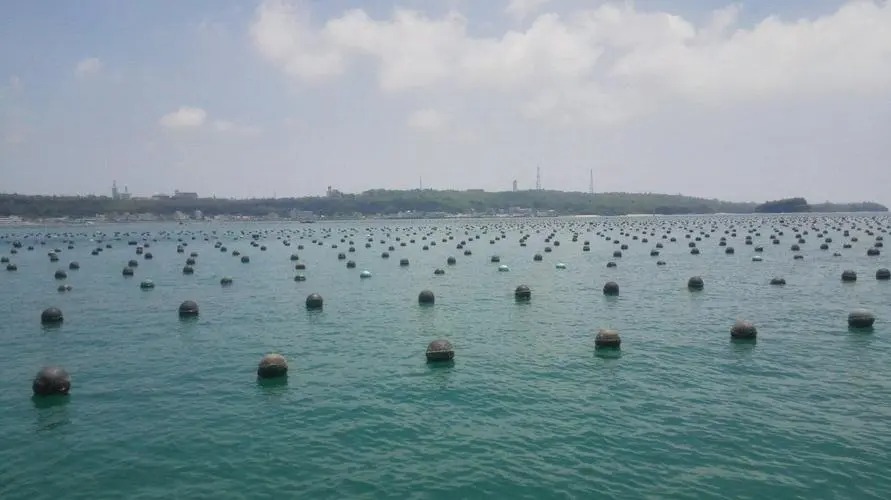
The Chinese were the first to culture a product from freshwater mussels, though their centuries-old Buddhas are not true pearls but shell mabes. The first cultured freshwater pearls originated in Japan. Quite soon after their initial success with cultured saltwater pearls, Japanese pearl farmers experimented with freshwater mussels in Lake Biwa, a large lake near Kyoto. Initial commercial freshwater pearl crops appeared in the 1930s. The all-nacre Biwa pearls formed in colors unseen in saltwater pearls. Almost instantly appealing, their lustre and luminescent depth rivaled naturals because they, too, were pearls throughout.
The development period of freshwater pearls in China
Even though World War II interrupted the flow of Lake Biwa pearls, by the 1950s strands sold in Japan as less expensive, colorful alternatives to the mainstay material, cultured saltwater pearls. Biwas' success and publicity were so effective that until a few years ago, all freshwater pearls were routinely referred to as "Biwas," no matter their origin or that such references are illegal in the U.S. unless the pearls are actually from Biwa. When I first visited Lake Biwa in 1973, freshwater pearl production still thrived. But, although the lake supplied most of the world's freshwater pearls, there were warning signs as development pressed toward its shores. On a return trip in 1984, I observed that Biwa's pearl farms were barely surviving, because of pollutants washing in from farms, resorts, and industries around the lake.
As Biwa production diminished, China filled the vacuum. China has all the resources that Japan lacks: a huge land mass; countless available lakes, rivers, and irrigation ditches; a limitless and pliable work force that earns less than a dollar a day; and an almost desperate need for hard currency. In 1968, with no recent history in pearling, China startled the gem world with prodigious amounts of ridiculously inexpensive pearls.
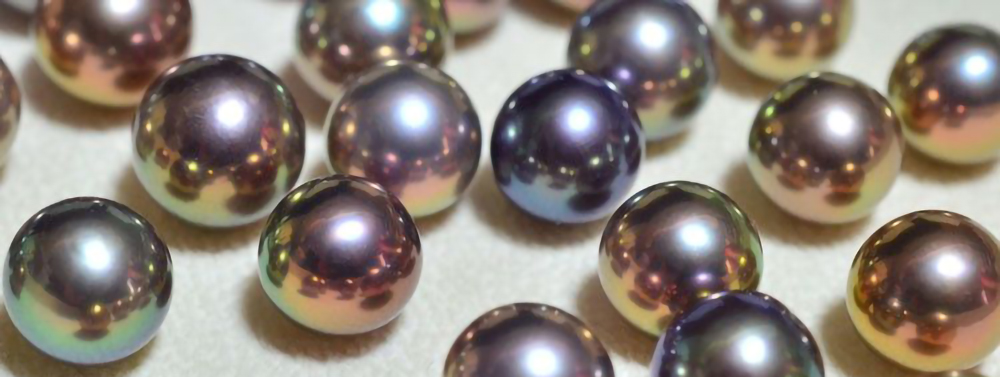
Unfortunately for China's reputation as a producer and for the impression left with the public, the initial Chinese offering, what I call the First Chinese Pearl Wave, in the 1970s and 1980s, appeared trivial. Immediately dubbed "Rice Krispies," the oddly shaped material with a crinkly surface dyed any number of "pop" colors could in no way compete with the best from Lake Biwa. The Second Wave barely rippled the market but was an important evolutionary step. Between 1984 and 1991, China learned fast and well, mastering techniques and producing better shapes and colors. Buying expertise from Japan and the U.S., the Chinese continued experimenting.
China's Cultured Pearl Revolution
Now China is in what I call its Third Pearl Wave. Starting in the 1990s, China surprised the market with products that are revolutionizing pearling. The shapes, luster, and colors of the new Chinese production often match original Biwa quality and sometime even surpass it; certainly the new orange and peach-colored pearls are unique. As testimony to China's achievement, their freshwater pearls are round enough and good enough to pass as Japanese akoya. China already sells round white pearls up to 7mm for perhaps a tenth the price of Japanese cultured saltwater pearls.
Bleaching, dying, and polishing do occur. Except for the old Arabic practice of sun-bleaching in the Persian Gulf, naturals were practically never processed. Chinese pearls that are nearly white or mottled are usually bleached to make them whiter and more uniform. With the same methods perfected by the Japanese, the Chinese use a mild bleach, bright fluorescent lights, and heat. They polish surfaces by tumbling pearls in pumice or similar substances. The idea, as always, is to facilitate matching pearls for strands. Many Chinese pearls used to be dyed in the 1980s to bright red, blue, lavender, yellow or even black. In response to contemporary preferences, they now offer a selection of subtle natural colors.
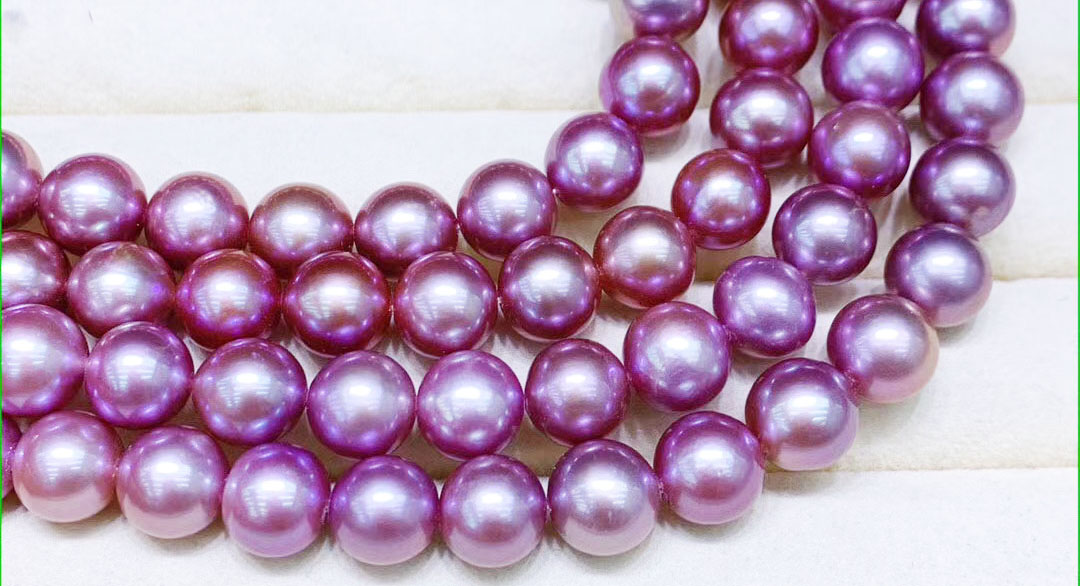
The Chinese have also begun to nucleate some of their freshwater mussels with shell nuclei implants in both the creatures' bodies as well as in their mantles. Such practices, once perceived as "saltwater culturing techniques," are a new cultural revolution. How will buyers react who had been told that cultured freshwater pearls were all-nacre products? Will they buy Chinese pearls if the roundest examples are nacre-coated shell beads instead? How will such new products be positioned in the market? Will anyone, including gem testing labs, be able to tell the difference between tissue-nucleated and bead-nucleated freshwater pearls?
Those are serious new considerations. Even more disquieting is the second innovation. The Chinese are nucleating mussels with their own tissue-cultured freshwater pearls, which result in all-nacre round or almost round pearls. Aiming for an even higher percentage of rounds, the Chinese are even reshaping reject freshwater pearls into spheres, then nucleating mussels with them.
The Modern Freshwater Pearls Market
Today, nearly 99% of all pearls available are cultured pearls.
Whether Akoya, Tahitian, Freshwater or South Sea varieties, pearl farms have spread all over the world. Modern culturing techniques are so advanced that there has never been so many high quality pearls available to anyone who wants to buy them, with new and astonishingly beautiful pearl varieties and hybrids appearing every few years. At PurePearls.com you’ll find a curated selection of only the finest cultured pearls.
Interested in Learning More About Pearls ? Any other questions ? Visit BAOYUE Pearl Education relevant articles to get the answers.
Get more pearl grading by type?
Click the links below to head directly to each Pearl Grading Guide:

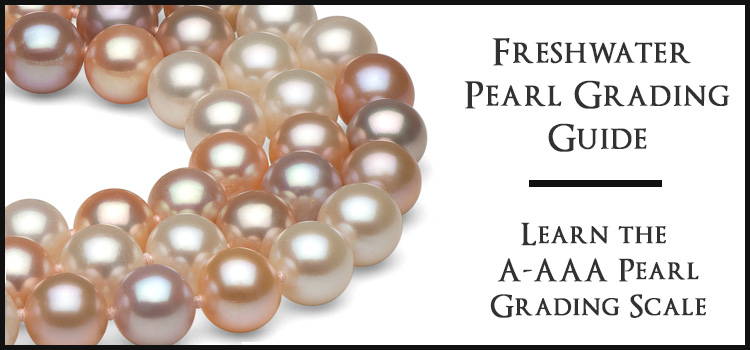
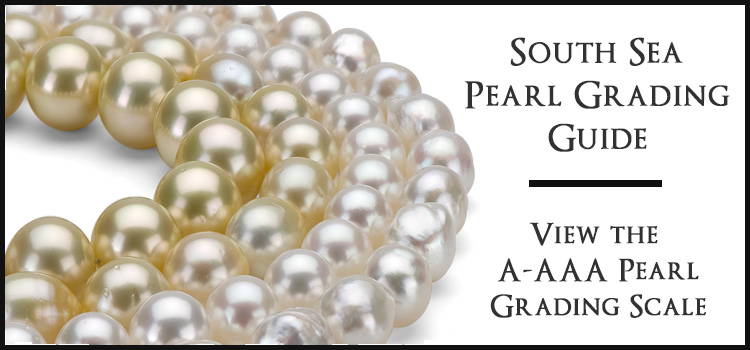
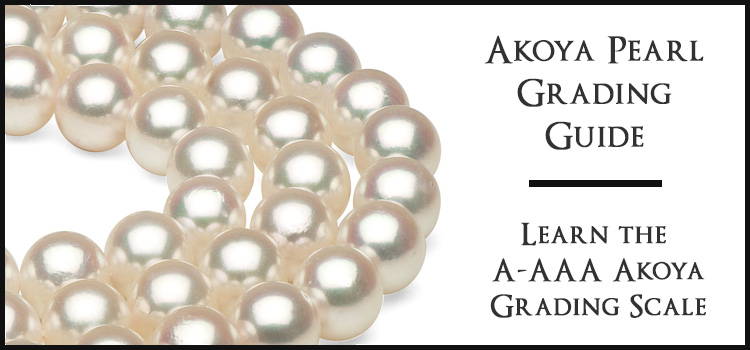
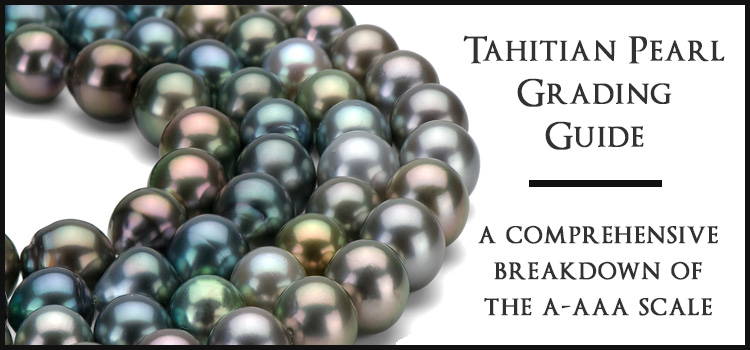
 WhatsApp Code
WhatsApp Code